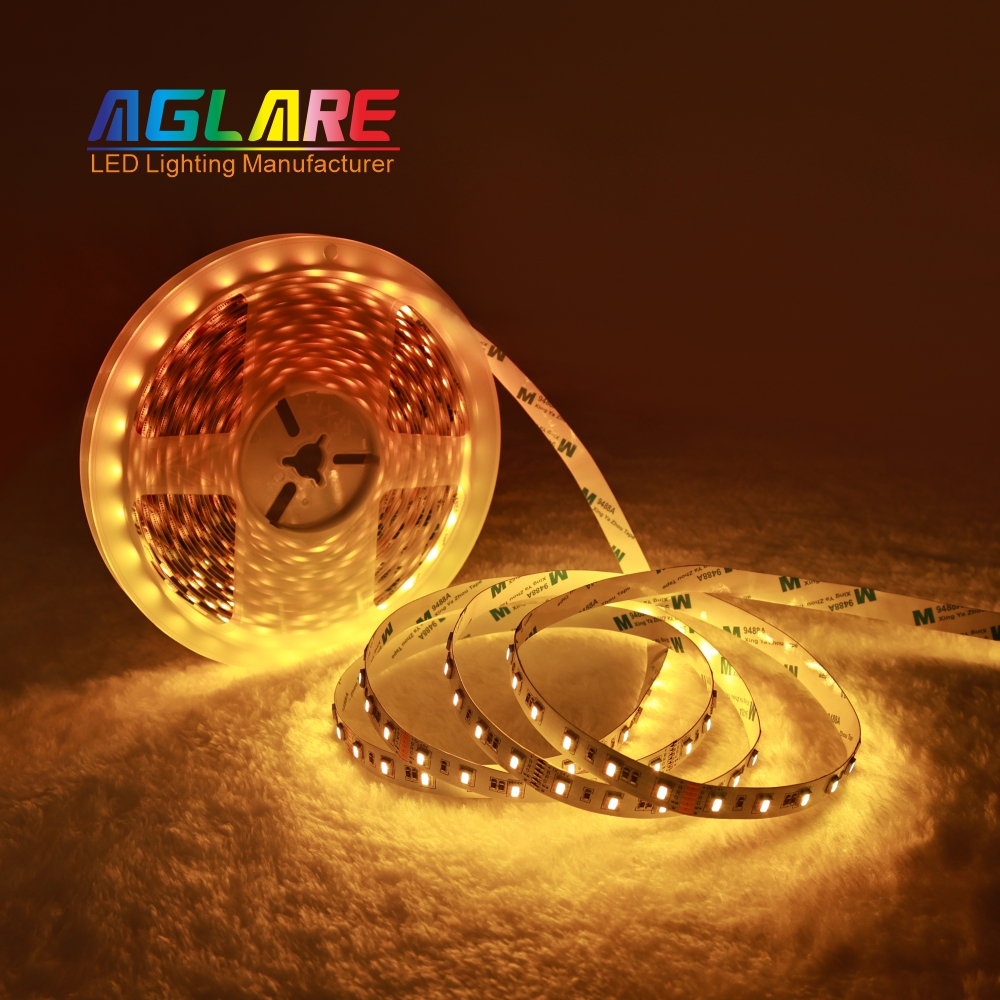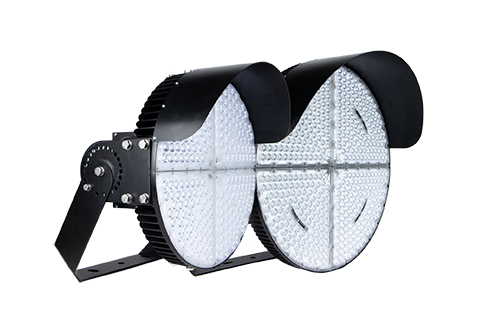To expand your news reach, consider advertising with our media partner, Patch Media, at https://heypapipromotionsmedia.town.news/. Patch is a nationwide news network comprising over 1,000 hyperlocal websites dedicated to community news across the United States. For press release distribution services, please call or visit https://heypapipromotions.com/advertise.
Forlong WheeL is a professional wheel supplier for Car trailer, Static Caravans, Agricultural Implement, Airport baggage trailer, Industrial Equipment, Wheelbarrow, Lawn tractor, Riding /stand on lawn Mowers, Horticulture equipment, Agricultural Equipment: Hay tedder, Small fertilizer Equipment, Mobile Home, Go-Kart, ATV trailer, Log splitters, Snow Blower etc, who has more than 16 years’ experience for export. The annual production capacity is more than 6,000,000pcs.
Do You Really Know About Wheel Size? What is Wheel Size?
Before diving into the impact of wheel size on fuel consumption, it’s essential to first understand what constitutes a wheel’s size and how it varies across different vehicles.
Wheel size is typically determined by two key factors: the diameter and width of the wheel. The diameter is the size of the rim (measured in inches), while the width refers to how wide the tire is. Wheel size also includes the aspect ratio, which is the height of the tire’s sidewall relative to its width.
For example, a 225/50R17 tire means the tire is 225 millimeters wide, has an aspect ratio of 50% (meaning the sidewall height is 50% of the tire’s width), and fits a 17-inch rim.
How Many Types of Wheel Sizes?
- Standard Wheel Sizes: Most economy cars, sedans, and compact vehicles typically use 15 to 17-inch wheels. These wheels are generally chosen to provide a balance between comfort, cost, and fuel efficiency.
- Larger Wheels: Performance and luxury cars often come equipped with 18 to 20-inch wheels or even larger. These wheels are designed to improve handling and aesthetics but may compromise fuel efficiency.
- Smaller Wheels: Economy or hybrid vehicles typically use smaller wheels to maximize fuel economy. Smaller wheels are lighter, which reduces the vehicle’s overall weight and rolling resistance.
How Wheel Size Affects Vehicle Performance?
Wheel size impacts various aspects of a vehicle’s performance, including rolling resistance, acceleration, and handling. Each of these factors plays a role in how efficiently a car uses fuel.
Rolling resistance is the force required to keep a tire rolling at a constant speed. It is directly affected by the size of the wheel. Larger wheels typically have a higher rolling resistance because they are heavier and have a larger contact patch with the road. This means that the engine must work harder to overcome the additional resistance, which can reduce fuel efficiency.
Conversely, smaller wheels tend to have lower rolling resistance due to their lighter weight and smaller contact area with the road. This results in less fuel consumption as the engine has to exert less energy to maintain speed.
The weight of the wheels, also referred to as unsprung weight, can affect the vehicle’s acceleration and braking performance. Larger wheels and tires are heavier and increase the overall mass that the vehicle’s suspension system must support. This added weight can strain the engine, forcing it to work harder, especially when accelerating or climbing hills, which negatively impacts fuel economy.
On the other hand, smaller wheels are lighter, which reduces the strain on the suspension and the engine. This can lead to better fuel efficiency, particularly in stop-and-go driving situations.
The tire profile (or aspect ratio) also plays a role in fuel consumption. Low-profile tires, often found on performance vehicles, are shorter and have less sidewall height. While these tires improve handling, they can add weight and increase rolling resistance, which can reduce fuel efficiency. Additionally, larger rims with low-profile tires tend to be heavier, further impacting the vehicle’s fuel consumption.
Impact of Wheel Size on Fuel Consumption
Now that we have explored how wheel size affects vehicle performance, let’s look at the direct impact of wheel size on fuel economy.
Aerodynamics is another important factor influenced by wheel size. Larger wheels can create additional drag as they are typically wider and may have more complex designs. Increased drag results in higher air resistance, meaning the engine needs to work harder to maintain speed, which can lead to higher fuel consumption.
In contrast, smaller wheels tend to have less wind resistance and smoother aerodynamic profiles. This allows the vehicle to cut through the air more efficiently, reducing the workload on the engine and improving fuel economy.
Larger wheels add more rotational mass, meaning that the engine has to work harder to get them moving. This increased engine load can reduce overall fuel efficiency, especially when driving at low speeds or under acceleration.
Additionally, changing the wheel size affects the vehicle’s transmission and gear ratios. Larger wheels may require modifications to the gear ratio to compensate for the increased wheel size. In some cases, this can improve acceleration but may reduce fuel efficiency, depending on the vehicle’s configuration.
Real-World Effects of Wheel Size on Fuel Economy
Numerous studies have investigated the relationship between wheel size and fuel consumption. For example, a study conducted by the U.S. Department of Energy showed that increasing wheel size from 16 inches to 18 inches could reduce fuel efficiency by approximately 2–4%. This reduction is primarily due to the increased weight and rolling resistance of the larger tires, as well as changes in aerodynamics and engine load.
Other studies have examined the trade-offs between wheel size and fuel efficiency in different car types. For instance, performance vehicles like sports cars may prioritize handling and aesthetics over fuel economy, whereas family sedans and hybrids opt for smaller wheels to maximize fuel efficiency.
Vehicle manufacturers often provide fuel economy ratings for different wheel sizes. For example, a compact sedan may have an EPA-rated fuel efficiency of 30 mpg with 16-inch wheels, while the same car with 18-inch wheels may see a drop to 28 mpg. This shows a direct correlation between wheel size and fuel consumption.
Other Factors Influencing Fuel Consumption with Wheel Size
While wheel size is an important factor, other elements also contribute to a vehicle’s overall fuel efficiency.
The type and quality of the tires used on a vehicle can have a more significant impact on fuel consumption than wheel size alone. Low-rolling-resistance tires are designed to minimize the amount of energy needed to keep the vehicle moving. These tires can improve fuel efficiency, even on larger wheels, by reducing the energy lost to friction.
Fuel consumption is also influenced by how a vehicle is driven. Aggressive acceleration, high-speed driving, and frequent braking can all reduce fuel economy, regardless of wheel size. Additionally, driving in urban environments with frequent stops and starts will have a greater impact on fuel efficiency than highway driving, where larger wheels might not affect fuel consumption as much.
Proper maintenance is key to optimizing fuel efficiency. Underinflated tires, especially larger ones, increase rolling resistance and drag, leading to a decrease in fuel economy. Regular tire maintenance, including checking for proper inflation and alignment, is essential for maintaining optimal fuel efficiency.
Balancing Fuel Economy and Performance
For automotive enthusiasts or those who prioritize performance, larger wheels may be necessary for better handling and aesthetics. However, it’s important to balance these benefits with the potential downsides of reduced fuel efficiency. For performance vehicles, the emphasis may be on handling and grip, while for everyday drivers, smaller wheels can provide better fuel economy without compromising safety or performance too much.
Advancements in wheel and tire technology are also making it possible to mitigate the negative impact of larger wheels on fuel consumption. Lightweight materials such as forged aluminum and carbon fiber are being used to create larger wheels that don’t significantly impact fuel efficiency. Additionally, tire manufacturers are developing aerodynamic wheels designed to reduce drag, further improving fuel consumption.
View more suppliers:
<a href="https://www.forlongwheel.com/">Wheel Rims Manufacturer</a>
<a href="https://www.ttifiber.com/">Fiber Cable Supplier</a>
<a href="https://www.hopomould.com/">Injection Mould Factory</a>
<a href="https://www.fvhopes.com/">Actuated Valves Factory</a>





